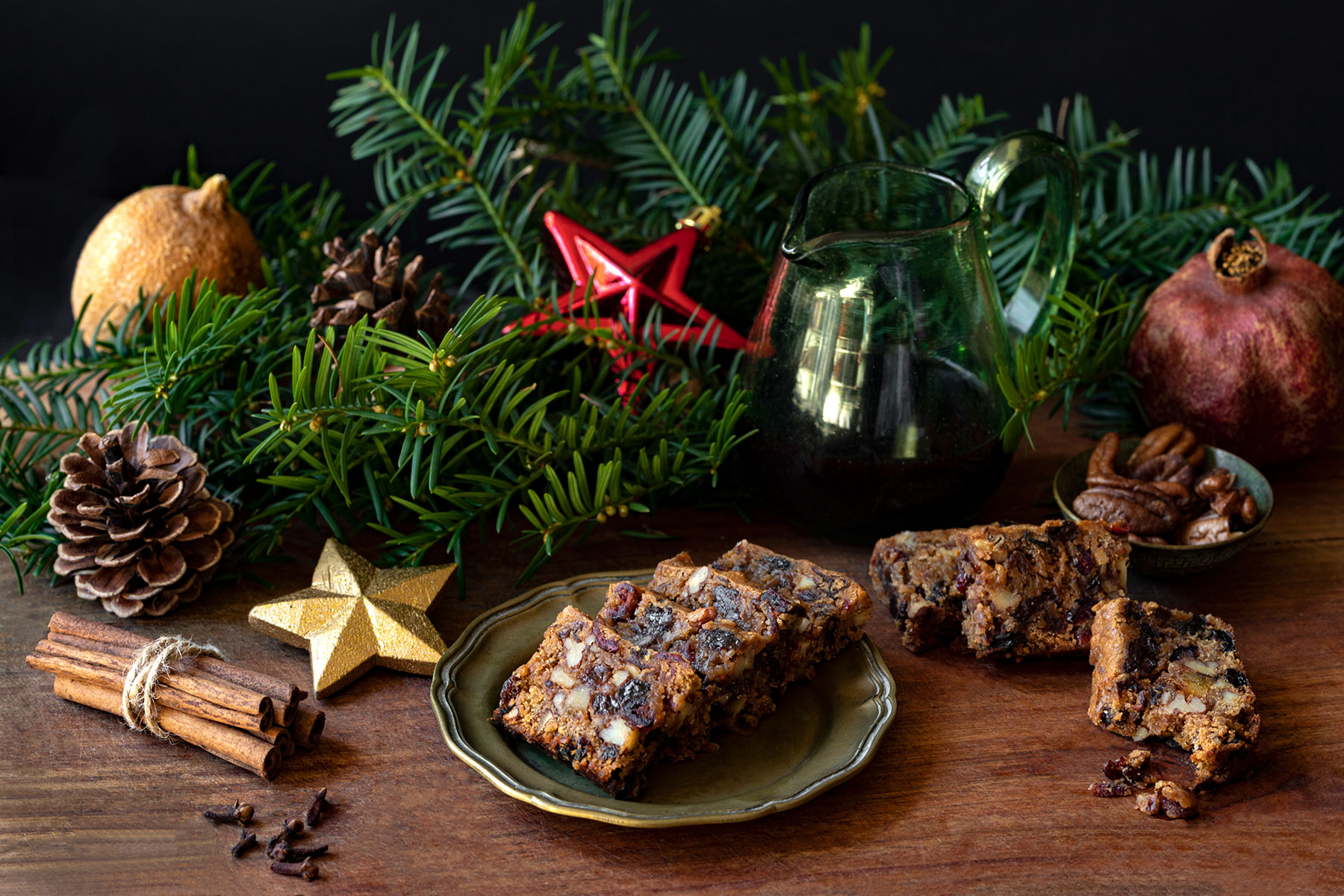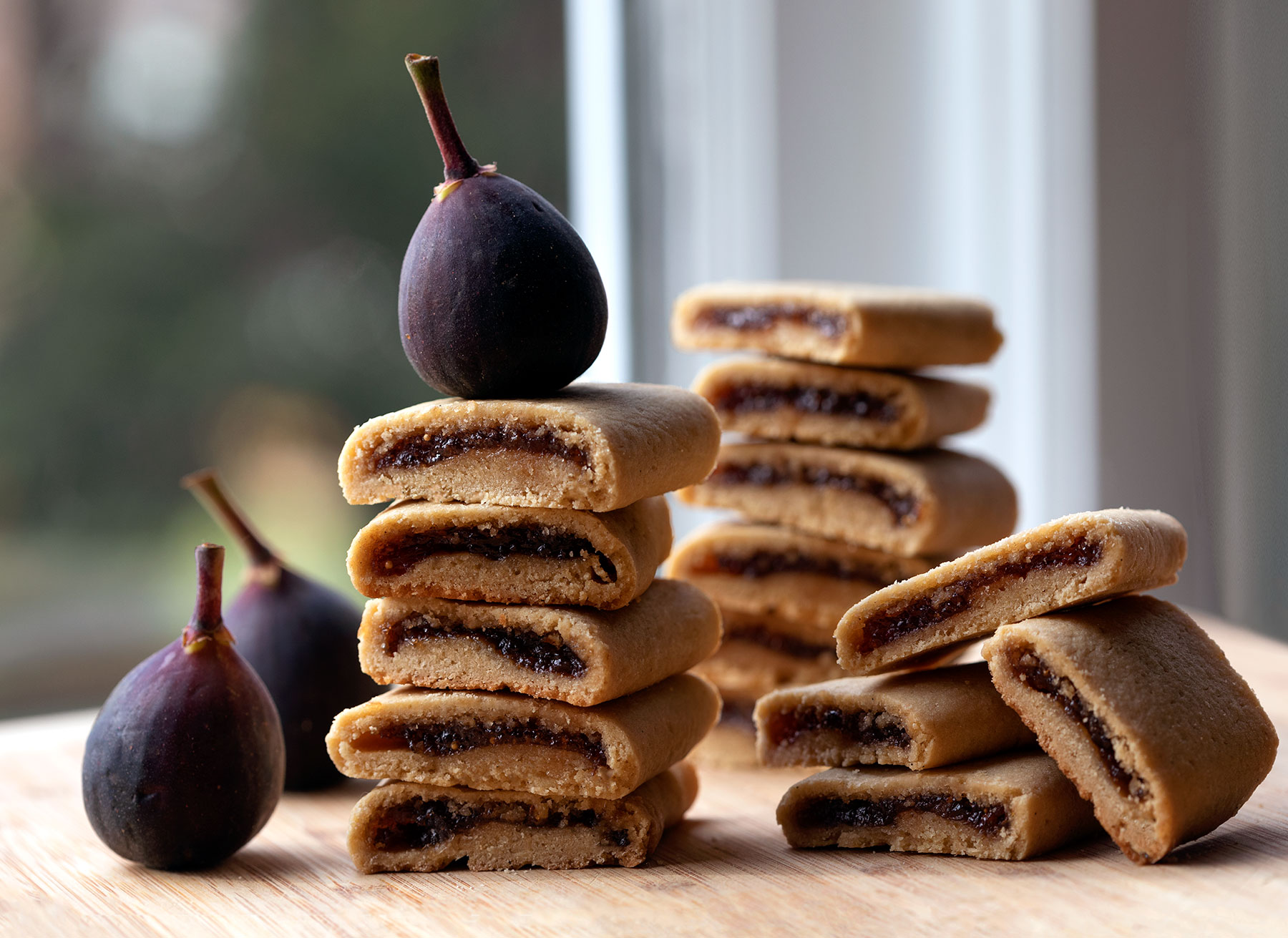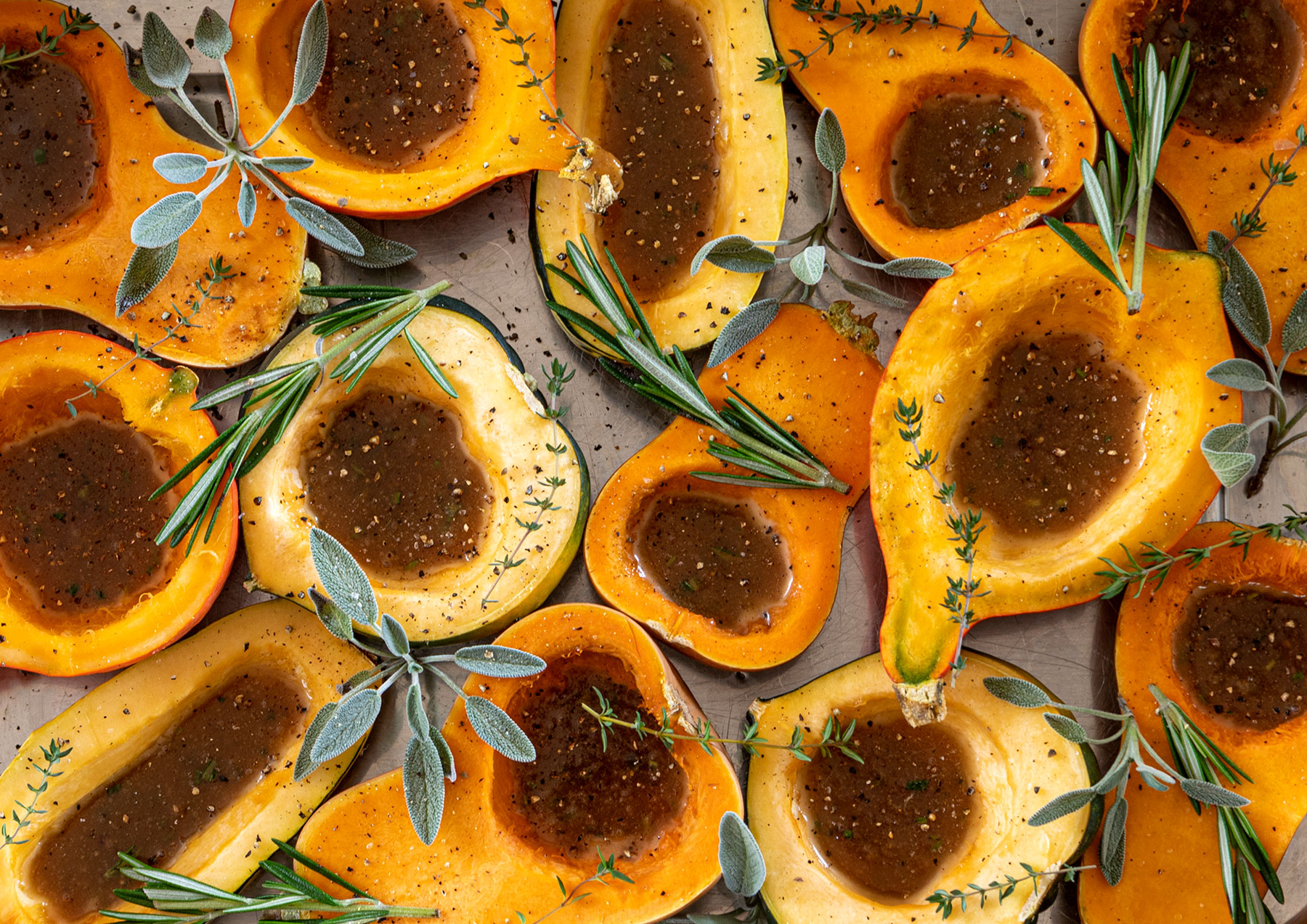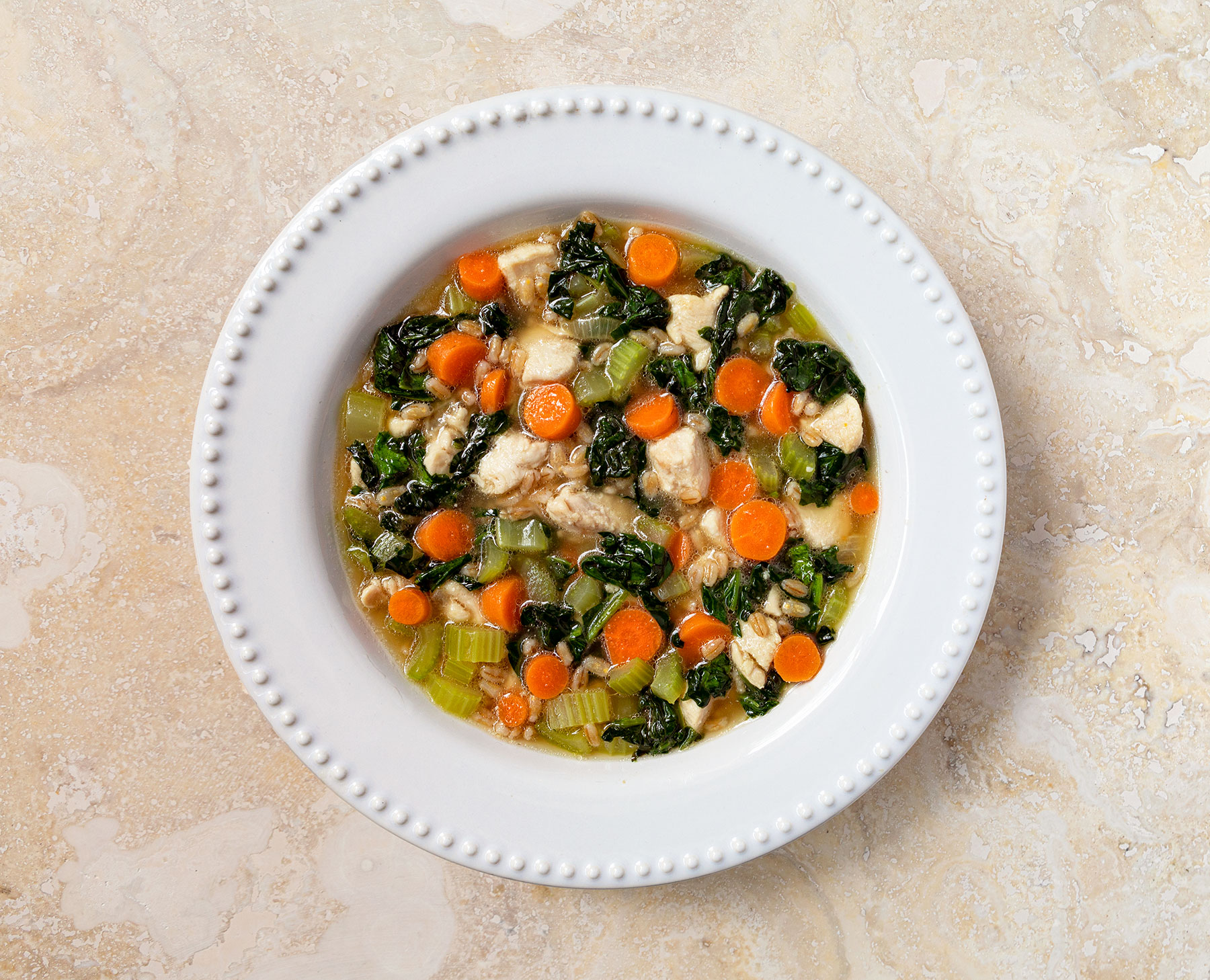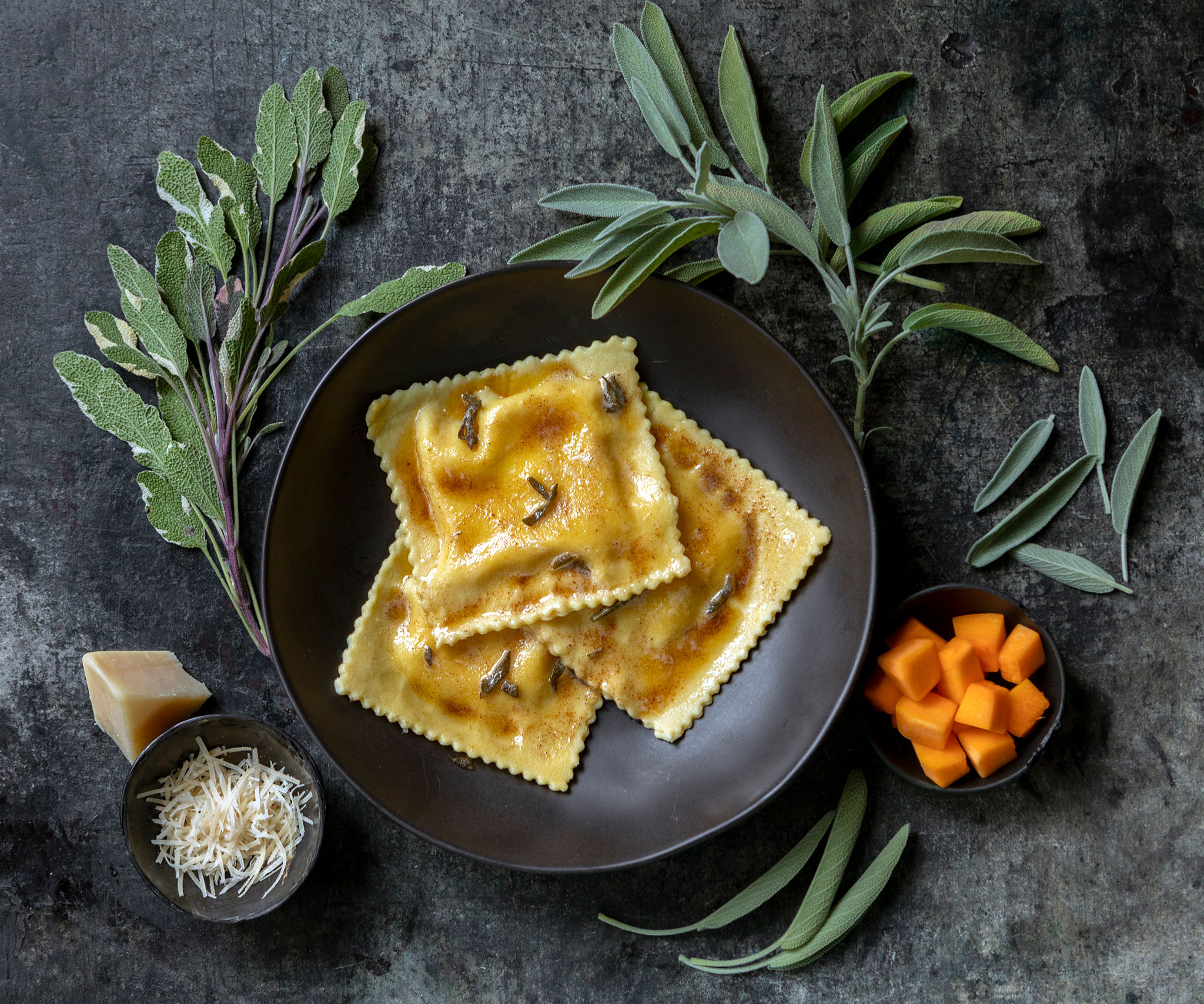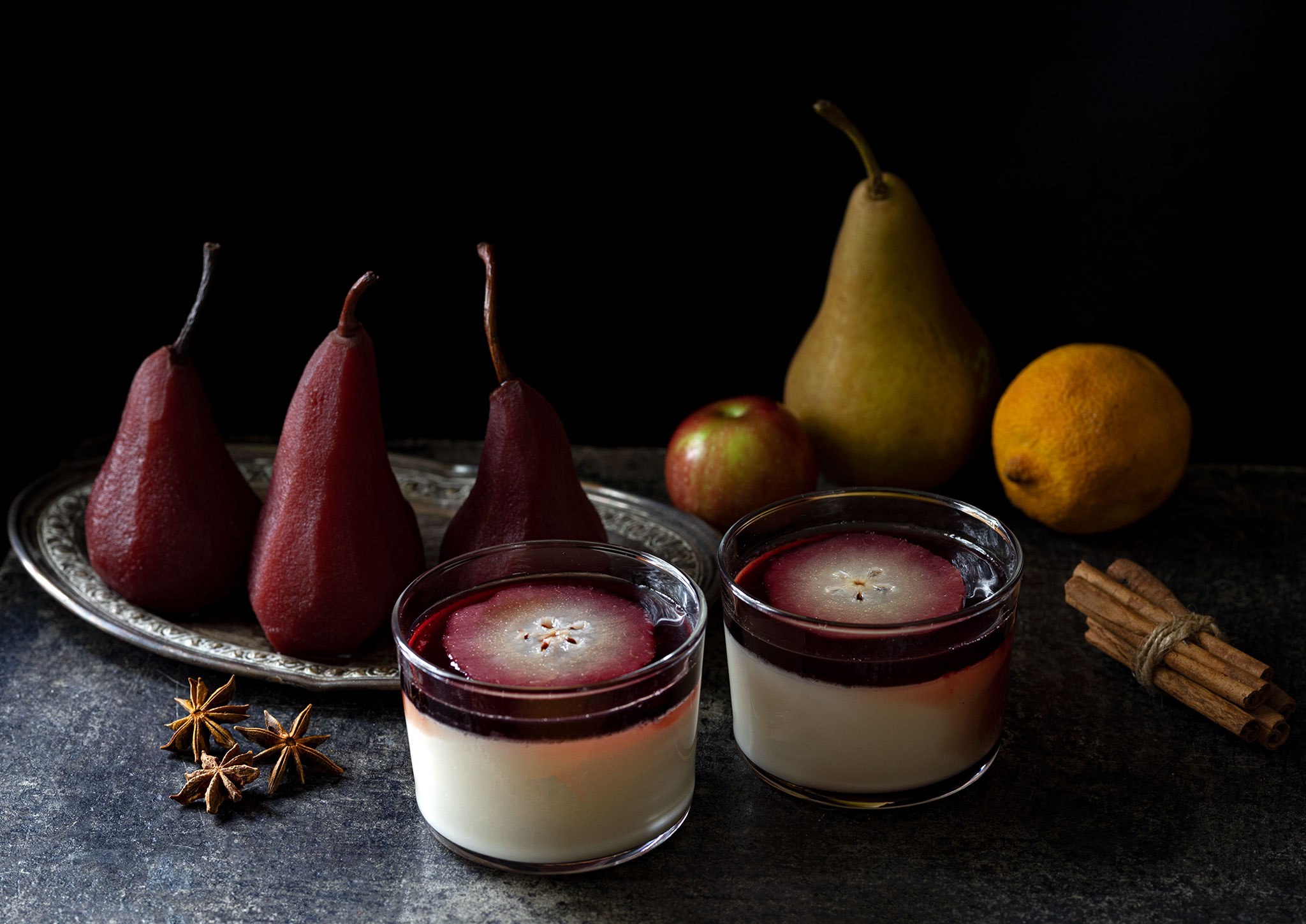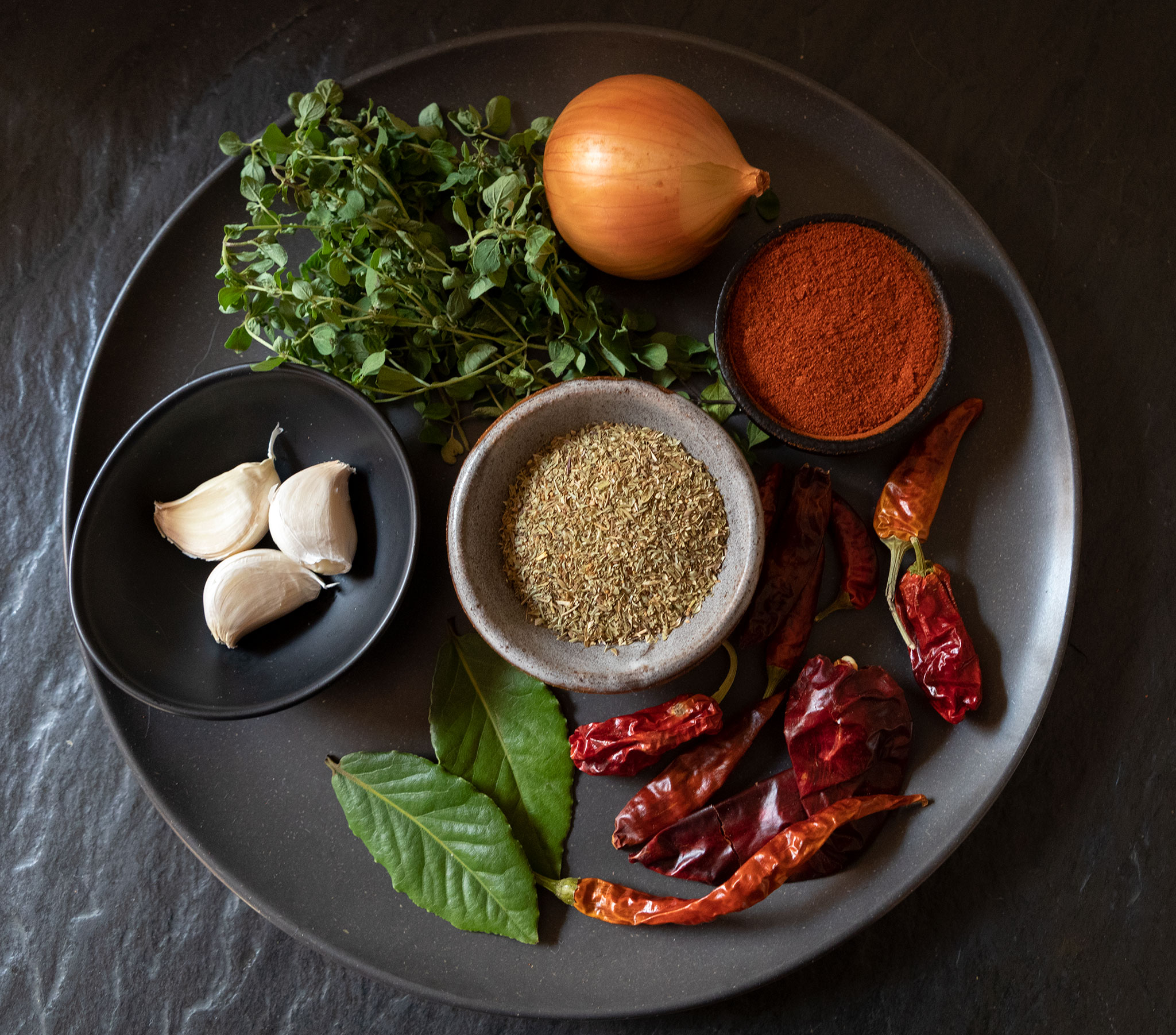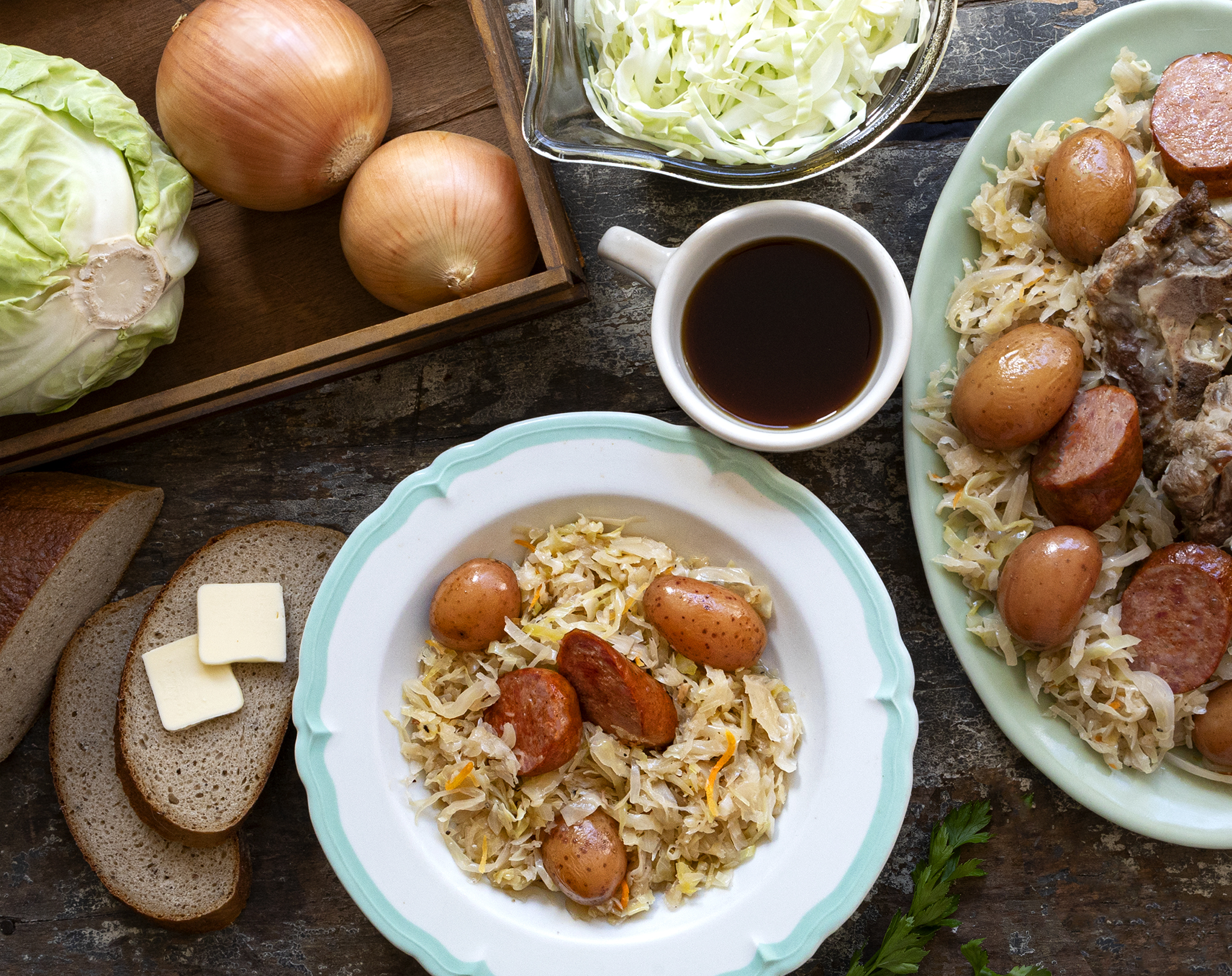My Mom had a pecan tree on the grounds of her childhood home in Houston. Long after she married and moved to Chicago to raise me and my sibs, Mom’s family sent a big box of pecans each year for the Holidays. How Mom beamed when she opened that box! Then, she pulled out a battered baking tin and set to work making a dark, rich, fruit and nut spice cake. This recipe is an easy-to-make updo of that, baked in a buttered 9 x 13-inch pan with loads of toasted pecans, plus brandy-soaked dried cranberries, Montmorency cherries, Thompson raisins, a smattering of plump prunes, and some candied orange bits. Buttery and chewy at the edges, and oh-so-tender in the middle, it is my favorite Holiday baked treat. It’s very good with a hot cup of tea, and even better with whiskey! For another delicious Holiday treat? Try our Chocolate-Dipped Walnut Brittle.
When Stuart Smalley (Al Franken) saves his family in Harold Ramis’ 1995 comedy of the same name, it’s not without setbacks–the worst of them overcome with the aid of those cakey little comforts: Fig Newtons. Sulking in his bedroom after a blowout with his nasty boss, Stuart’s friends plead with him to emerge, to which he replies: “Come back later, maybe when I’ve run out of Fig Newtons.”
We can certainly relate : )
But Stuart would be shocked to know that Fig Newtons—at least in name—no longer exist: Nabisco dropped the “fig” from the title in 2012. Simply calling the cookies Newtons was thought to be a better fit, since the cakey little treats now came in different flavors. Today, that’s everything from Triple Berry, to Sweet Peach and Apricot, to Apple & Cinnamon, although fig is the enduring favorite.
The famous fig filling goes all the way back to the 1880s when Philadelphia baker Charles M. Roser sold his recipe to Boston-based Kennedy Biscuit company (later acquired the companies that merged to form Nabisco.) Kennedy Biscuit named the cookies Fig Newtons, after the town in Massachusetts, and the bars became wildly successful.
While homemade fig fillings can be made with dried figs, we prefer to use fresh figs, cooked with lemon, for a fruitier, more-flavorful result. While it takes a little practice to get the knack of folding the pastry around the fig filling, the result is worth it. One thing you should know: Fresh baked, the pastry is crisp—stored in an air-tight container, it tenders up the day after you bake these into the “cakey” cloak you expect. Continue Reading…
Poultry may be the big star this month, but vegetables make my culinary firmament sparkle. Before Midwest farmers markets bow out for the winter, they bring out squashes of all shapes and sizes, in colors that match the autumn leaves. This easy bake makes the most of their sweet tender flesh and whimsical shapes. To make it, you’ll need a variety of small squashes. I used small acorn, baby butternut, honeynut, uchiki kuri, and delicata. Cut in half, culled of seeds and pulp, and nestled in a roasting pan with sage, rosemary, thyme and spiced brown sugar butter, they bake up beautifully, to be served right out of the pan. If you have any left over, scoop out and whip the squash flesh for a delicious second go-around. Continue Reading…
Turns out those cute pumpkins you purchased for Fall decorating are very easy to bake into delicious fresh pumpkin pies. With names like Baby Bear, Cinderella and Early Sweet Sugar Pie, these 1 ½ to 2 pound darlings stand about six to eight inches tall, have sweet, dense flesh and were cultivated specifically for cooking and baking.
Our Sugar Pumpkin Cream Pie is made with Sugar Pie pumpkin, although you can use one of the other varieties. Simply cut in half, culled of seeds and strings, and roast for 50 minutes, the little pumpkin yields the perfect amount of smooth flesh to make two pies. To make this dessert extra special, we’ve included maple sugar and cream in the mix, plus cinnamon, ginger, and nutmeg. You’ll separate the yolks from the whites of the eggs in the recipe, whipping the whites to soft peaks and then folding them in to the filling for a luscious velvety result. Continue Reading…
Chicken soup is good for the soul, yes—but it’s also so nourishing for the body. There are dozens of versions out there—with noodles, rice, dumplings and more. But this one, with barley and vegetables, is my healthy best. To preserve texture, preventing the vegetables from getting too soft and the chicken too hard, I cook the chicken meat, carrot and celery separately from the simmering stock, stirring it in about 10 minutes before serving
Continue Reading…This autumnal treat is one of my favorite pasta dishes. Tender ravioli pillows filled with butternut squash, shallots, and savory parmesan are finished with browned butter and fresh sage from the garden. Friends in Northern Italy tell me this dish is served there throughout the Fall and Winter, even starring as the first course in Christmas Eve feasts. For the very best homemade pasta results, I’ve used semolina flour, made from first quality durum wheat. The high gluten content of this flour is what helps the pasta hold shape and texture. But it also requires strong hands to work the dough. I believe the effort is worth it. So, pour yourself a glass of wine, roll up your sleeves, and give it a go! Continue Reading…
As far back as the 15th century, English cooks discovered that wine-poaching hard pears made them tender and tasty. One abbey had cooks: “Pare wardens (hard cooking pears) clean, seethe them in red wine till they be tender, then take them up and put them in a pot; put thereto wine of Crete or Vernage (Verona)…powder of sugar and powder of ginger and let them boil awhile and then serve forth.”
Paired with delicate vanilla panna cotta puddings, and a delicious syrup made by cooking down the spiced wine poaching liquid, poached pears make a delicious dessert. I love to make them for festive dinners, because you prepare the fruit, syrup and panna cottas ahead of time. Assembly at service is simply drizzling the syrup over the panna cottas and adding a pretty slice (or slices) of the pear on top. You’ll make the panna cottas in individual ramekins with some of the sliced pear. I like to serve a few of the beautiful whole poached pears on their own plate. For another recipe using the poached pears, try my wine-poached pear, goat cheese and rosemary tart.
One of my readers wrote in search of a recipe for bean-less chili that harkened back to her family’s Sunday dinners 25 years ago. Chili without beans is a-okay with me, so I worked up this richly flavored version made with beef skirt steak (you can also add a bit of bison steak if you have some) and loads of handmade chili paste. I use a combination of ancho, New Mexico, cayenne and arbol chilies for the paste, but you can vary the heat and flavor by experimenting with other varieties of dried chiles, such as pasilla or guajillo.
You’ll soak the dried peppers first. Then, brown the meat and simmer it to tenderness in the chili-soaking broth. Finally, blend the soaked peppers, garlic and spices to make the paste which you’ll add to the chili pot for a ½ hour more of simmering. That’s when the flavor really blooms! Not burn-your-mouth spicy, this beautiful chili has a deep, dark warmth. It’s good plain or served over rice with chopped white onion and shredded cheddar. If you like chili-mac, be sure to try my mom’s recipe for that, too!
Ask my 95-year-old dad Bob about food memories and he is sure to tell you about sauerkraut. His mom (my Grandma Lydia) had a big barrel on the back porch of the family’s flat on Chicago’s south side. About this time of year, she would fill that barrel with fresh cabbage to make sauerkraut. Sometimes, the cabbages came from dad’s childhood business, selling vegetables from a wagon he pulled up and down the alleyways with his brother Emil. Other times, Grandpa Albert bought them from a truck farmer. Either way, making sauerkraut was a family affair: Grandpa sliced the cabbage with a metal-bladed contraption fitted over a washtub. Grandma gathered up the shreds, put them in the barrel and sprinkled handfuls of salt over all at practiced intervals. Between each addition, dad and Emil would get to work with a huge wooden pestle, (they called it a “stomper”) pounding down the cabbage to release its juices. Once the barrel was nearly full, a piece of wood, sized to nestle inside the barrel top, was weighted down with a heavy stone, the barrel was rolled onto the porch, and the cabbage left to naturally ferment in the cool air. It transformed over a few weeks into proper sauerkraut.
“We ate it almost every day during the Fall and Winter—all the way through to the Spring,” says Dad. “Mom would scoop out portions of the sauerkraut and cook it with pork neck bones or other inexpensive cuts of meat, which added good flavor. We usually had it with some boiled potatoes and always rye bread.”
Decades later, my mom made sauerkraut dinners, too. But we didn’t have that big barrel, and mild, naturally fermented cabbage wasn’t sold at the store to use as the base of the dish. So, mom used whatever bottled kraut she could find– often, with a taste more sour than she and dad liked. To mellow the flavor of bottled kraut, mom would rinse it, and then add fresh cabbage sauteed with onion, and a little caraway seed, cooking it all in a big pot as grandma had, with pork neckbones. Served with fresh rye bread, buttered potatoes, and some sausage on the side, it was a delicious, homey meal.
Today, fresh, naturally fermented sauerkraut can be found in the refrigerated aisle at the grocery store. I mix that with a pound of mild German bottled sauerkraut, plus a head of shredded cabbage, onion, and pork neckbones for this recipe. If you can’t find fresh naturally fermented kraut, either use two bottles of the mild German variety, or choose whatever bottled brand you can find that has only cabbage and salt listed as the ingredients. If the brand you source is very sour, rinse it well with cool water before cooking. And for a yummy way to use any extra sauerkraut from this recipe, try my Pork Chops with Sauerkraut and Apple Stuffing! Continue Reading…
Spanakopita—the buttery Greek comfort dish of flaky phyllo dough filled with cheese and greens, can be made as one large savory pie, or, folded up and baked into crispy little triangle hand pies as we’ve done. Although usually prepared with spinach, onion and feta cheese, in the Greek countryside lemony sorrel is sometimes a flavorful addition. With a garden full of sorrel, I decided this recipe should include it. If you prefer, you can omit the sorrel and double up on the spinach. Either way, the result is delicious. Continue Reading…

